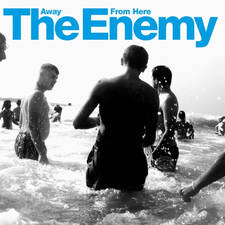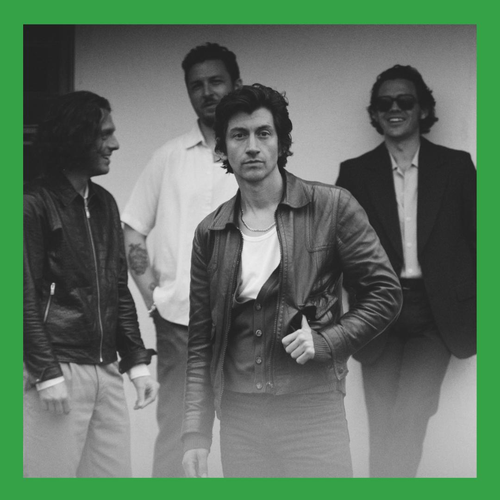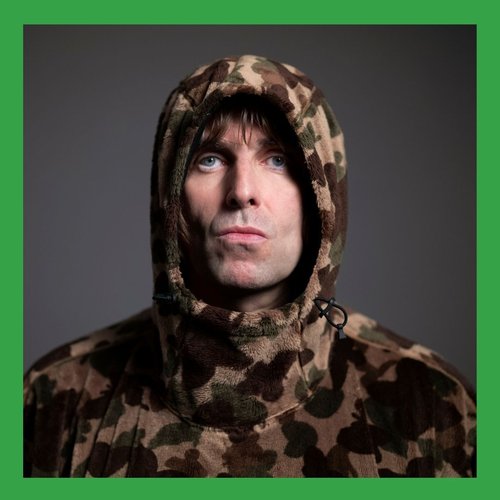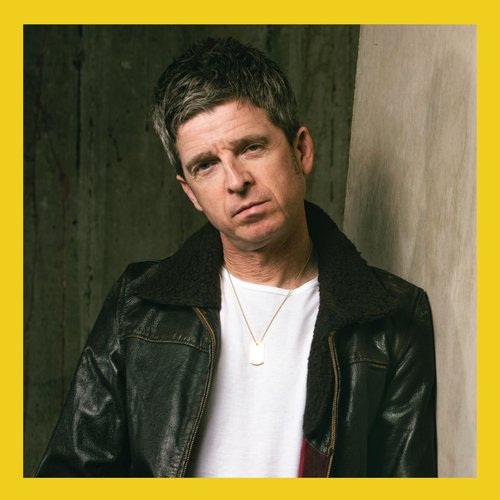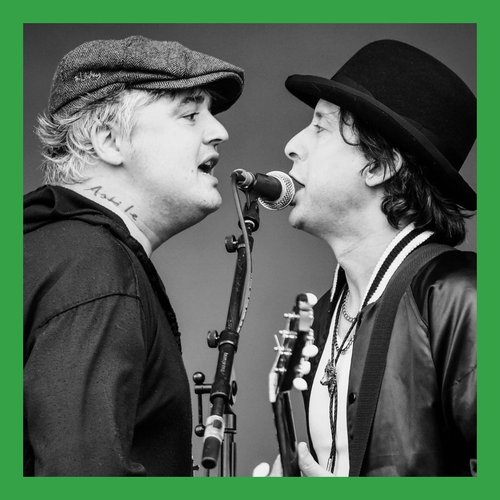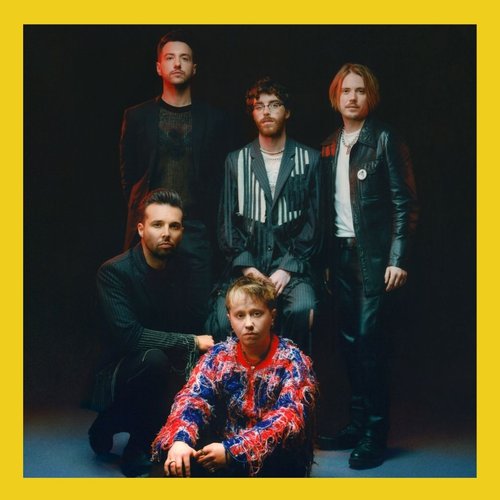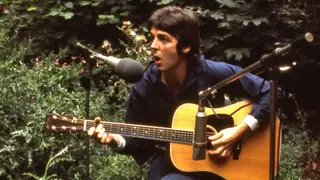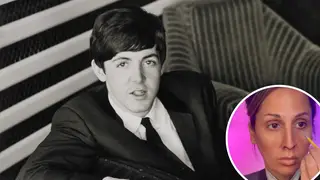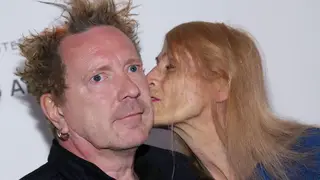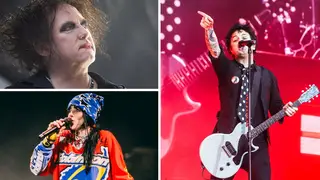Why John Lennon's Imagine is more than just a peace anthem
5 January 2022, 13:57

IMAGINE. (Ultimate Mix, 2020) - John Lennon & The Plastic Ono Band (with the Flux Fiddlers) HD
The former Beatle's 1971 classic is admired for its message of peace and unity - but the lyrics came from a radical place.
John Lennon's album Imagine was first released in the US on 9 September 1971 via The Beatles' Apple label (British fans had to wait until 8 October to get their hands on it).
It was the former Beatle's second "proper" solo album, following the raw emotion of John Lennon/Plastic Ono Band the previous year and not including the experimental sound collages he'd been making with his wife Yoko Ono since 1968.
The album leads off with the title track: a mournful piano part which evokes a children's song is soon joined by a beautiful string arrangement. Lennon sings of "Imagine all the people, living life in peace."
While the song was issued as a single in America, it was shamefully neglected in his homeland, not making the UK charts until 1975 where it made the top 10 as a plug for the compilation album Shaved Fish. Imagine wouldn't top the British charts until January 1981, when Lennon's death prompted an outpouring of grief around the entire world.
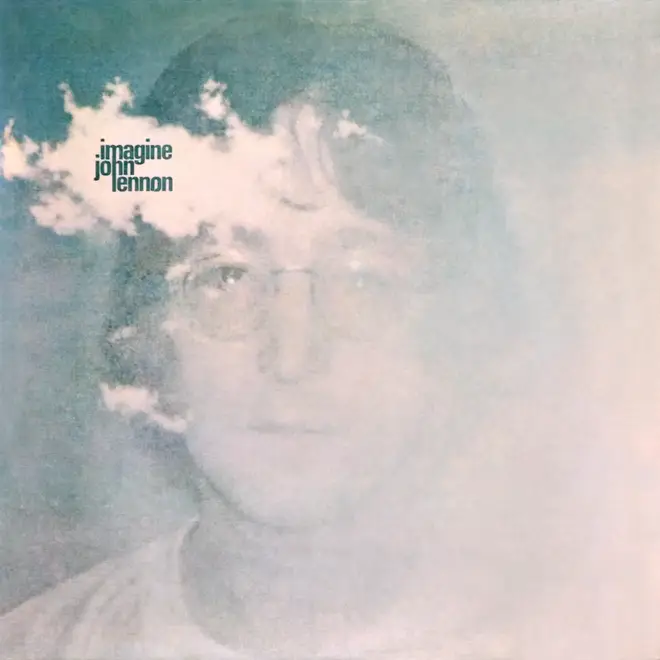
But while Imagine has been taken up as an anthem of peace and unity for half a century now, it's also received its fair share of criticism.
Lennon was accused of hypocrisy - as a millionaire ex-Beatle, the line about "Imagine no possessions" rang hollow with people when they considered the enormous mansion he lived in. Others thought the song was simply naive: the notorious biographer Albert Goldman called it "a hippie wishing well full of pennyweight dreams for a better world".

Give Peace A Chance - Plastic Ono Band (official music video HD)
But while most people consider Imagine to be the spiritual partner to the anthemic Give Peace A Chance, two whole years separated the songs. John's famous "peace campaign" - which saw him honeymoon with new wife Yoko Ono by staying in bed for a week and inviting the press to interview them - had been over for a long time.
In actual fact, Imagine was born in more radical circumstances. And the song has a lot more to say about positive thinking than just wishing.
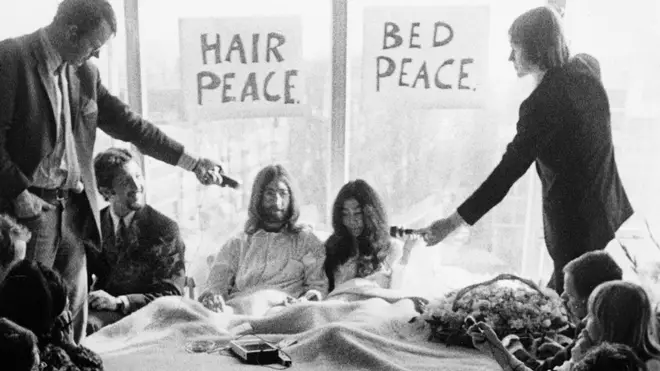
In between his marriage to Ono in March 1969 and the recording of the Imagine album in May 1971, a lot had happened in John Lennon's life.
For one thing, he'd gone solo. The Beatles had last recorded together in August 1969 and the album Abbey Road was released a month after. As far as John was concerned, the Fab Four had split - but he had to keep it quiet for business reasons and his extra-curricular activities as the Plastic Ono Band were considered by the general public to be just a wacky side project. Six months later, Paul McCartney announced his first solo album with a press release that confirmed The Beatles were no more - much to Lennon's anger.
Free to do what he wanted, John - together with Yoko, as always - spent the summer of 1970 in therapy. Not just any therapy, this was the infamous "primal scream" therapy, which encouraged the former Beatle to cry, scream and shout out his anger and unhappiness at his unsettled childhood.
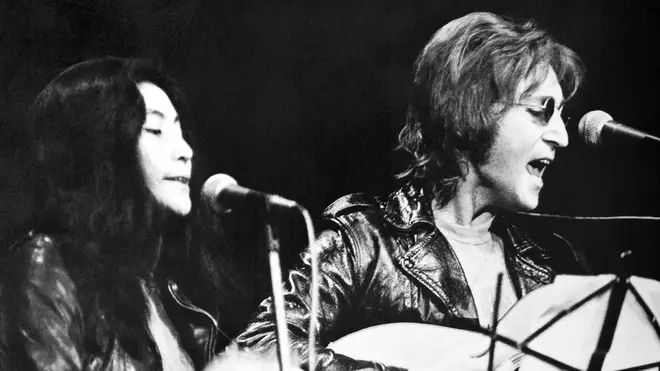
Lennon subsequently recorded an album - called simply John Lennon/Plastic Ono Band but known to everyone as the "Primal Scream Album". On it, he raged at his mother for abandoning him, howled in pain at her early death when John was just 17, and berated his reckless father for leaving the boy when he was just a toddler. Iit was a tough listen for a lot of Beatles fans.
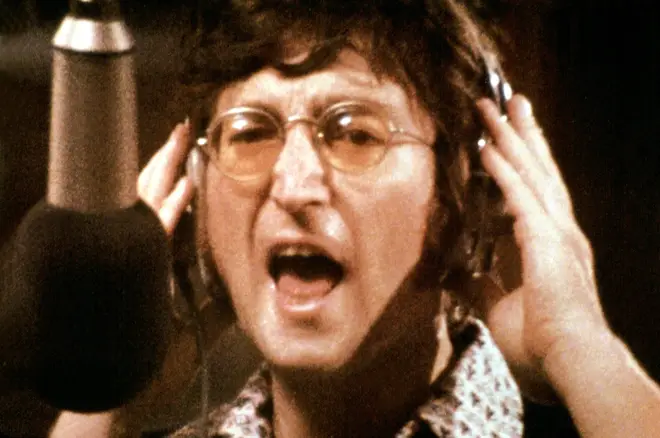
At the same time, Lennon had become more interested in politics. His peace campaign favoured personal politics and making a passive statement, but his approached had hardened over the months. As the Vietnam conflict raged on in the US and Britain's involvement in the Nigerian-Biafran civil war made the news due to the famine that the fighting had caused, Lennon decided to be interviewed by the left-wing magazine Red Mole.
To journalists and activists Tariq Ali and Robin Blackburn, the man who once sang She Loves You admitted: "I've always been politically minded, you know, and against the status quo. It's pretty basic when you're brought up, like I was, to hate and fear the police as a natural enemy and to despise the army as something that takes everybody away and leaves them dead somewhere. I mean, it's just a basic working class thing."
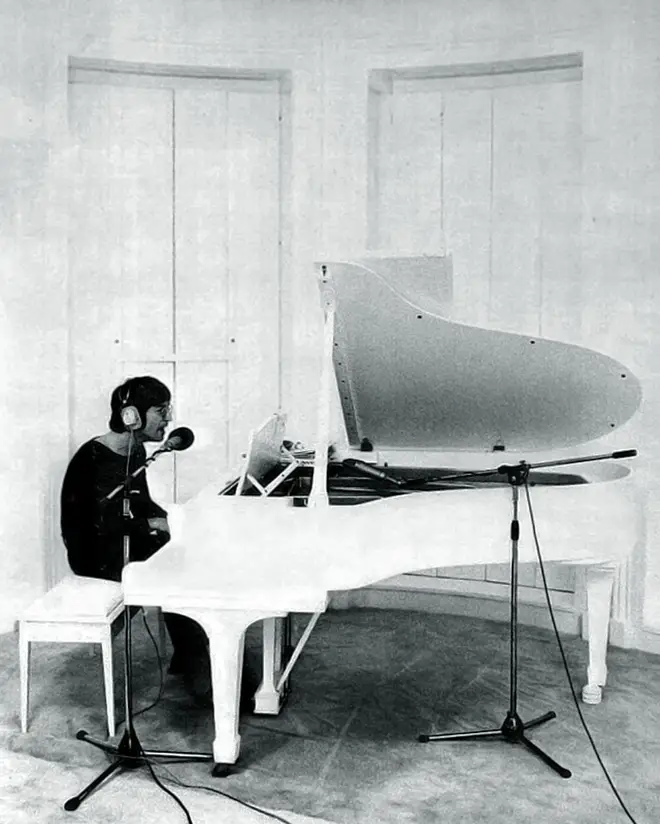
But when Lennon came to record a follow-up, he decided to "sugar-coat" his message to make it more acceptable to his audience. He wanted his fans to make statements, to protest, to take action - but how to convince them?
The lyrics to Imagine were inspired by Yoko Ono's 1964 book Grapefruit, which offered conceptual ideas that came from her avant garde artist background. "Imagine the clouds dripping," went one message. "Dig a hole in your garden to put them in."

Instant Karma! (We All Shine On) - Lennon/Ono with The Plastic Ono Band (official music video HD)
The other influence on the song came from comedian and activist Dick Gregory, who gave Ono a book about the power of "positive prayer". "If you want to get a car, get the car keys," explained Lennon in 1980. "Get it? Imagine is saying that.
"If you can imagine a world at peace, with no denominations of religion – not without religion but without this my-God-is-bigger-than-your-God thing – then it can be true."
So this idea of conceptualising a better world - to literally imagine what it would be like - was the first step to taking action. The power of positive thinking was what Imagine was demonstrating. It was much more than just wishing things would get better.
Imagine was born out of radical politics. Lennon said that Imagine was "anti-religious, anti-nationalistic, anti-conventional, anti-capitalistic… but because it is sugar-coated, it is accepted."

Power To The People - John Lennon/Plastic Ono Band (official music video HD)
When Lennon played the Red Mole team his new song, they were complimentary. Produced by the legendary (but notoriously volatile) Phil Spector, the song's simple piano motif is accompanied by a video that shows the singer sat in his all-white front room as Yoko looks on.
However, the former Beatle felt that he needed to go further with his message. The very next single he wrote was the more direct Power To The People.
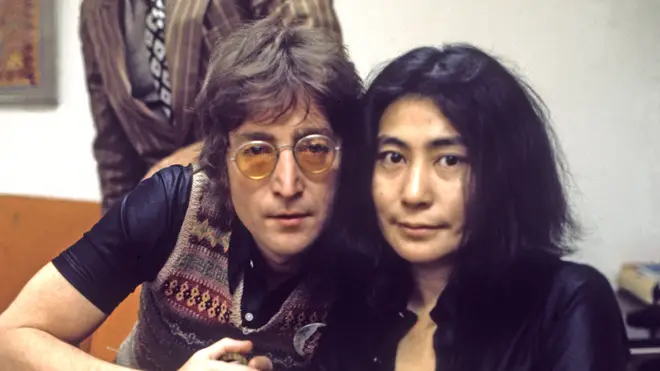
Despite the criticism, Imagine has been adapted by people as an anthem of hope, peace and positivity.
In 2017, Ono was finally added to the songwriting credits of Imagine, noting her as the co-author alongside Lennon and acknowledging the influence her work Grapefruit had on the lyrics.
On 9 September 2021, fifty years after the world first heard the song, Yoko Ono celebrated Imagine's positive message in a turbulent world by projecting its lyrics onto buildings around the world: the Houses Of Parliament and St Paul's Cathedral in London, the Liver Building and Museum of Liverpool in John's home city.
The messages have also appeared on the Berlin Wall and on digital billboards in Times Square in New York and near the historic Nihonbashi bridge in Tokyo.
50 years on, Imagine as a song is as powerful as ever.
Imagine all the people living life in peace.#IMAGINE50☁️@UKParliament @StPaulsLondon pic.twitter.com/Faqq60wMtj
— Yoko Ono ☁️ (@yokoono) September 8, 2021
